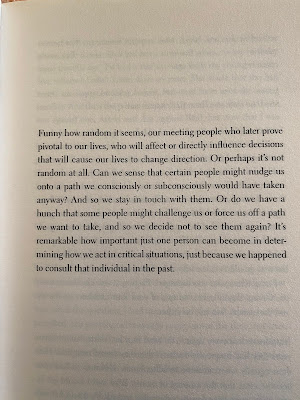The pairing of these artists made me think of bone or sculpture as camera or framing instrument: while O’Keeffe would often place bones against the sky or landscape and paint a framed segment of her vista, Moore’s sculptures in the exhibition space itself, with their holes and negative space, framed O’Keeffe’s paintings, creating layers of circular or oval frames both pictorially and in situ.
Thinking about framing and photography, I also had in mind the process of making bronze sculptures whereby there is an original plaster cast. While we often take sculptures to be unique and one of a kind, the process of making bronze sculpture is not so dissimilar to, for example, the making of etchings or photographs from an absent “original” - the decision to limit editions to one or few taken (or not) by the artist. In a video of interviews, Moore expressed his wish to avoid the fate of Rodin’s sculptures, whereby preserved casts were used to make multiple copies of the same sculpture, which could be found in a number of places all over the world simultaneously. Moore I stood took action to destroy his casts to ensure reproductions were controlled. Of course, Walter Benjamin comes to mind.
















